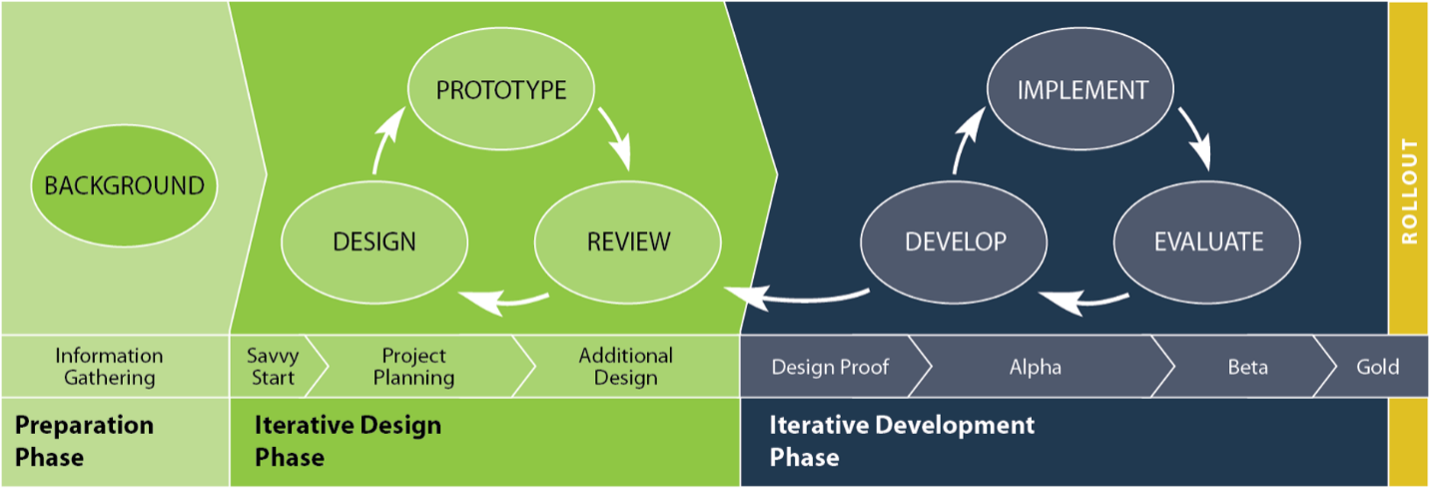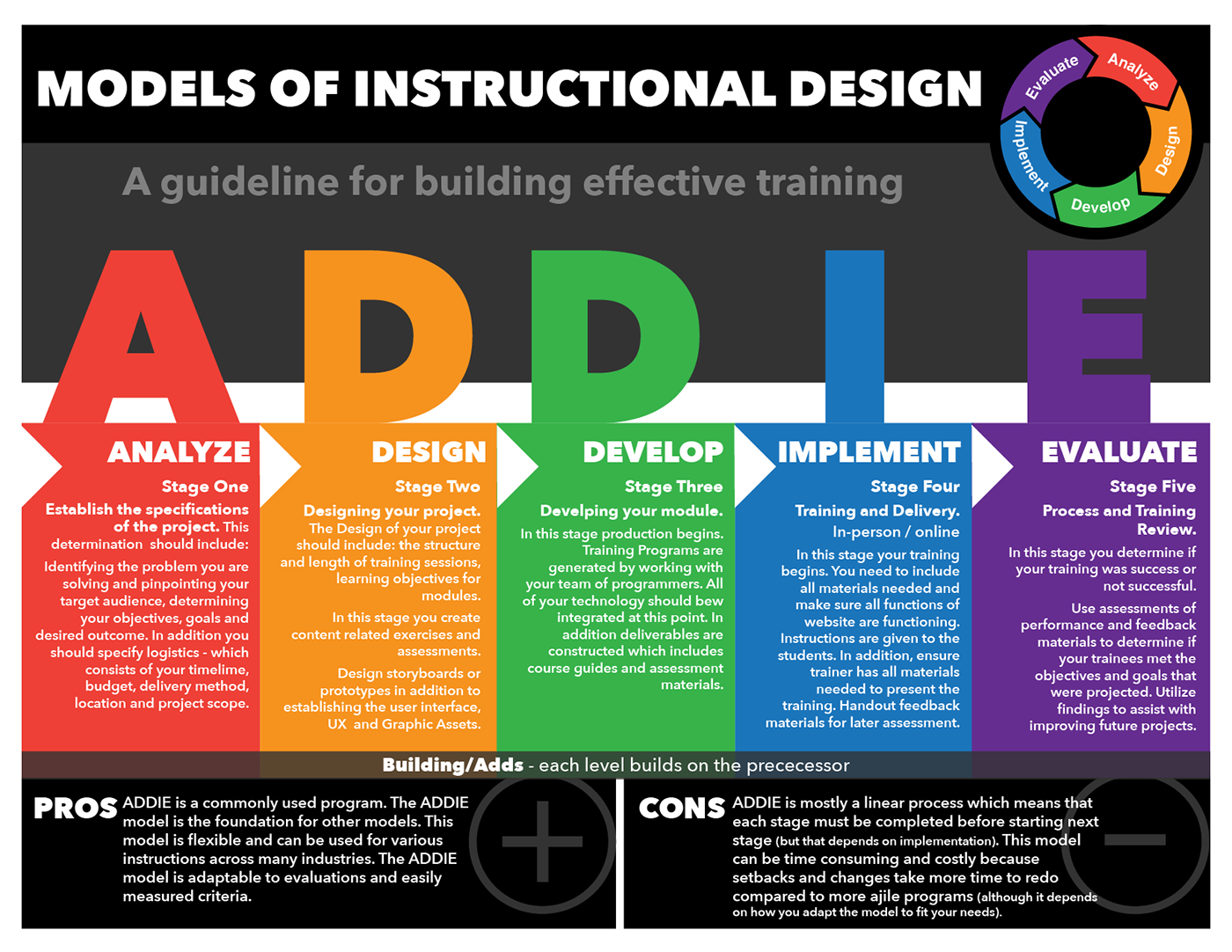Table Of Content

Furthermore, because SAM is an iterative model, it allows for continuous feedback and adjustments throughout the design process. This can lead to a more efficient design process, as changes can be made quickly and effectively without the need for extensive revisions or rework. During iterative development, the focus shifts to refining and enhancing the prototypes based on feedback received in the design stage. Designers work closely with SMEs and other stakeholders to address any issues or concerns and make necessary revisions.
Quality grows gradually yet fast
Thoroughly analyze the evaluation data collected from surveys, observations, interviews, and performance assessments. Design thinking workshops provide a structured approach to problem-solving and innovation. They involve a series of activities that help teams understand the learners’ needs, define the problem, ideate potential solutions, and prototype and test those solutions.
Iterative Design Phase
The goal of the iterative design phase is for SMEs and other stakeholders to evaluate the eLearning solution—or alternative designs. This way, they’ll contribute to the solution design and support the final solution down the line. Once project planning is complete, the team can now move forward with additional designing.
The Successive Approximation Model (SAM): Explained Learnexus
The team will work together throughout the design process, providing feedback and making adjustments as necessary. Unlike the ADDIE model, which follows a strict, linear progression, SAM is flexible and iterative. It allows for constant feedback and adjustments throughout the design process, which can lead to a more effective and efficient learning experience. This flexibility is one of the main reasons why SAM has gained popularity within the L&D industry. Direct observation of learners and interviews with learners and subject matter experts can provide valuable qualitative data about the learning experience. Observations allow instructional designers to understand how learners engage with the materials, while interviews provide insights into their perceptions, challenges, and suggestions for improvement.
During these iterations, the team should continually assess the project to speed up any corrections and reduce the risk of going over budget or missing the final deadline. SAM offers a range of benefits for organizations looking to design a new training program. We witnessed months of what would've been wasted time and resources with ADDIE melt away — and instead felt an incredible ROI developing in this short, intense amount of time together. This is intended to be a very quick phase, as all design proposals will be double-checked as the process moves forward.
An Introduction to SAM for Instructional Designers

Developed by Michael Allen, SAM aims to create effective and engaging learning experiences by emphasizing continuous improvement and refinement throughout the design and development process. The Successive Approximation Model (SAM) offers a dynamic and adaptive framework for instructional design, emphasizing iterative development, collaboration, and continuous evaluation. By embracing SAM principles and stages, instructional designers can create engaging and effective learning experiences that meet the evolving needs of learners and stakeholders. Its emphasis on collaboration, rapid prototyping, and continuous refinement has led to improved learning outcomes and more responsive instructional design practices.
In conclusion, the SAM Model is a powerful and effective approach to instructional design that prioritizes collaboration, prototyping, and continuous improvement. By following the SAM Model, instructional designers can create engaging and impactful learning experiences that empower learners and drive meaningful outcomes. The SAM Model’s learner-centered approach, emphasis on collaboration, and integration of emerging technologies position it at the forefront of instructional design methodologies.
From the course: Agile Instructional Design
Gather their insights, preferences, and feedback to ensure the learning experience is tailored to their needs and preferences. Continuously monitor and evaluate the impact of the implemented improvements. Use evaluation methods and metrics to assess the effectiveness of the changes made. Compare the post-improvement data with the pre-improvement data to measure the impact of the changes on learner satisfaction, knowledge retention, and overall learning outcomes.
In the case of an online course, you’d use a software platform such as Thinkific to put together a great user experience, customize the user interface to match your brand, and input the course content. We’ll cover the differences between the ADDIE vs SAM models in more detail below. If you’re new to online course design, this definition might sound a bit enigmatic, so let’s unpack it. If you’re planning to launch an online course, you likely have years of experience under your belt. Yet, even as a seasoned subject matter expert, you might find packaging your knowledge into a course challenging.
By involving different perspectives and expertise, instructional designers can gain valuable insights and create a more comprehensive and effective learning experience. When applied in the right situations and fully committed to by everyone involved, SAM’s flexibility can get you to a successful final course fast. Its iterative approach both helps you use prototypes to get stakeholder buy-in quickly and also makes it easy to pivot should your course requirements change. However, many instructional designers work in organizations that have embraced agility in theory but not so much in practice.
This phase involves the actual creation of the learning materials, such as e-learning modules, videos, or interactive activities. It also includes the testing and quality assurance processes to ensure that the learning experience functions as intended. Now you can finally start bringing your prototypes to life, turning them into engaging and effective modules that will help you reach your goals. You don't just refine everything; you add elements, fix errors, expand modules, and make sure they head toward perfection. However, this doesn't mean that your job is finished after polishing the courses.
However, within instructional design, various models offer different approaches and frameworks to building engaging learning and development programs, irrespective of content or audience. Furthermore, because SAM is an iterative model, it requires a high level of commitment from all team members. Each member of the team must be willing to participate in the iterative process, providing feedback and making adjustments as necessary. This can be challenging for teams that are used to a more linear approach to project management. In the iterative implementation stage, the finalized instructional materials are rolled out to learners. Feedback is collected during this phase to identify any areas for improvement or adjustment.
Additionally, the SAM model emphasizes collaboration between instructional designers, subject matter experts, and stakeholders, which leads to a more comprehensive and effective learning solution. Ultimately, the SAM model’s focus on flexibility and adaptability allows for a more efficient and effective instructional design process, resulting in improved learner outcomes. The SAM model is an innovative and effective approach to instructional design that emphasizes agility and collaboration. This model has gained immense popularity in recent years due to its ability to streamline the instructional design process while still maintaining high-quality results. SAM, which stands for Successive Approximation Model, is a highly iterative and flexible approach to instructional design that involves rapid prototyping, testing, and refinement. The SAM model is a departure from more traditional instructional design approaches, which tend to be more linear and rigid in nature.

No comments:
Post a Comment